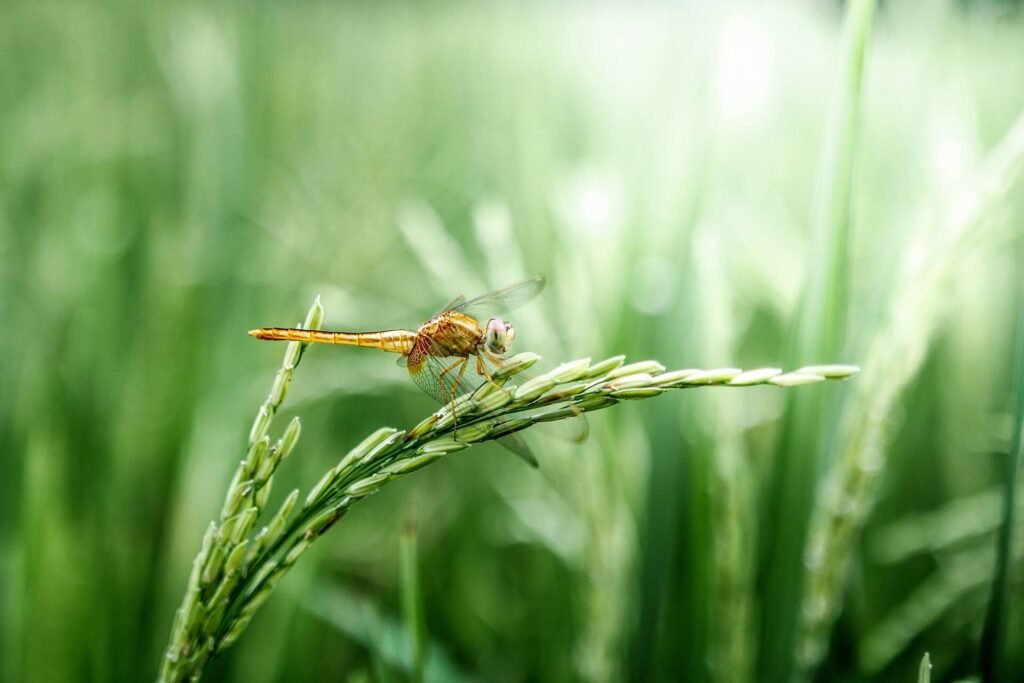The termite queen is the longest living insect
Termites can get very, very old. The termite queen is the longest living insect and may live up to 50 years. Structure feeding termites can live up to 25 years, and swarmers (winged reproductive caste) live just a few months. Some experts think certain species of termites may even live up to 100 years. Termites have very few natural enemies, and without any predators or parasites, they can survive quite well close to humans.

Oak splendour beetle
The Oak splendour beetle is a type of weevil that feeds on oak trees. It’s also known as the “Oak borer” or “Oak bark beetle.” Just over an inch (2.5 cm) long, the oak splendour beetle is a tiny, coppery brown insect that generally comes out between July and August. It’s with a lifespan of 30 years, the longest living insect after termite queens.

They usually don’t get that old, though, because woodpeckers have them on their menu. This is great since Oak beetles cause too much damage to trees.
The Queen Ant
The Queen Ant is one of the longest-living insects. The lifespan of an ant queen can be measured in decades, far longer than the average insect. Ants are very social insects. They live together in societies called nests or colonies. The queen is at the center of the entire colony, making her life one of constant interaction with her ants.

The queen of an ant colony is a very long-lived insect and can live 15 – 30 years.
Cicadas

The cicada is with a lifespan of 17 years, one of the longest living insects. It belongs to the order Hemiptera, suborder Auchenorrhyncha, in the superfamily Cicadoidea. They are often colloquially called “17-year locusts”, although they are only distantly related to locusts, which are grasshoppers. Most species are herbivorous, although some are predatory, and a few feed on wood. Some can cause damage to agriculture. The cicada is noted for its large eyes that occupy much of its head’s surface and the unique structure of its song-producing organs. Some make a shrill buzzing sound that has been likened to a distant motor or a cricket sound.
Silverfish
A silverfish is a wingless, nocturnal insect and with a lifespan of 8 years, one of the longest living insects on our list. These tiny creatures are fast, jumpy, and sneaky and are covered in scales. It is between 1/2-3/4 inches long. They are flat and have long, thin antennae and two long threadlike antennae at the body’s back. Their bodies are gray. Silverfish are hundreds of millions of years old and have remained mostly unchanged. They look like a tiny fish with 6 legs and can run very fast so they quickly dart away if found.

Silverfish only eat flour, sugar, starches, and occasionally dead bugs.
Dragonflies

Adult Dragonflies only live for a summer, but counting the 4-5 years they spend in the larval stage, they have a lifespan of 6 years, making dragonflies one of the longest living insects.
A dragonfly is an insect with two sets of wings. They can be found in many different colors and sizes, but they all have one thing in common – their long, thin bodies. Adult Dragonflies only live for a summer, but counting the 4-5 years they spend in the larval stage, they have a lifespan of 6 years, making dragonflies one of the longest living insects. Spending most of your life being a child must be awesome – then again, I prefer living longer than 6 years.
These beautiful creatures are often seen flying around ponds and lakes during the summer months. There are more than 5,000 species of dragonflies on Earth. Some species have a wingspan that ranges from four to six inches. Dragonflies can fly backward, hover, and even go underwater. They eat other insects and sometimes drink nectar from flowers. Dragonflies have extraordinary eyesight. They see 200 images per second and all 360 degrees around them.
The most diverse group of animals
Insects are the most diverse group of animals on Earth. They have been around for more than 400 million years, and they make up approximately 80% of all animal species!
Some insects can fly, some can swim, some live in trees, and others live underground. And some of them look really cute! But one thing’s for sure – no matter where you find them or what they do, these little critters will always be interesting to learn about.